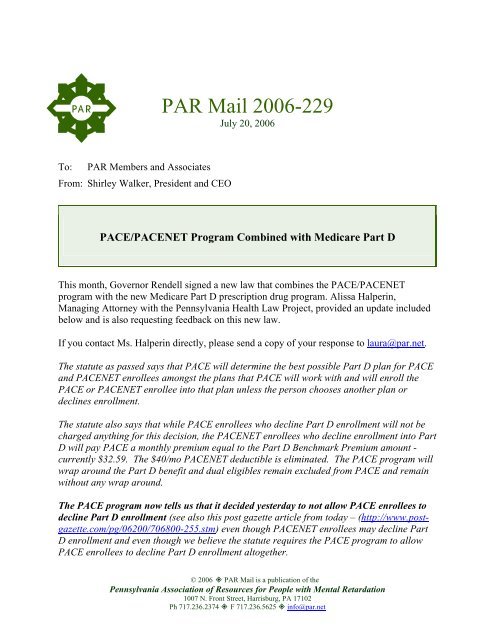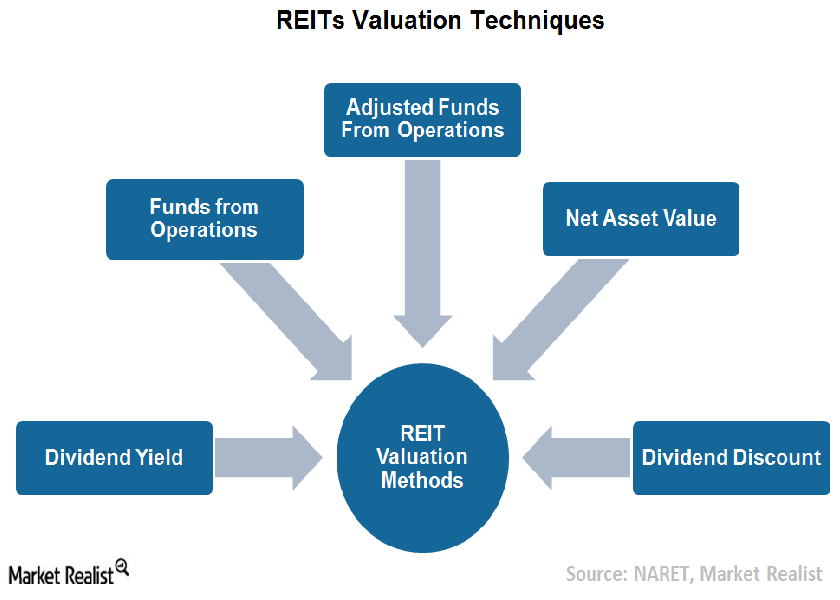Trade Discount Vs Cash Discount Journal Entry
Category : Forex Trading
Contents:


It encourages the buyer of the goods to pay as soon as possible in order to receive a cash discount, allowing him to pay a lower amount than what is owed to him. It is given when the buyer pays for the items in a timely or early manner. Cash Discount is recorded on the debit side of the cash book as a discount allowed, while it is recorded on the credit side of the cash book as a discount received. Another common disadvantage of trade discounts is the increase in the time required for billing and processing of accounts receivable. To take complete advantage of trade discounts, billing should be done as early as possible, which is usually on the shipping date.
A Bull Market Is Coming: 2 AI Growth Stocks to Buy Now and Hold … – The Motley Fool
A Bull Market Is Coming: 2 AI Growth Stocks to Buy Now and Hold ….
Posted: Fri, 05 May 2023 10:05:00 GMT [source]
The trade discount is a percentage-based reduction offered by manufacturers or wholesalers to their clients on the catalogue price of the items at the time of sale. Manufacturers utilise it as a technique to entice customers, improve sales volume, and encourage bulk orders. As a result, as the volume of purchases increases, the rate of discount increases as well. The fact that trade discount is neither debited or credited in the journal entry is crucial.
What Is a Cash Discount, and When Are They Used?
The list Price is the price in the catalog at which the seller initially decides to sell a product. Cash on delivery is a type of transaction in which payment for a good is made at the time of delivery. A distributor of merchandise may have a single catalog which displays a single price for each product. The percentage amount that can be deducted from the total invoice amount. In this article, we will understand the Cash discount and how to calculate it. Alternatively, check out theMarketing91 Academy, which provides you access to 10+ marketing courses and 100s of Case studies.
BYD follows Tesla price cuts with big discounts on Seal, its Model 3 competitor – The Driven
BYD follows Tesla price cuts with big discounts on Seal, its Model 3 competitor.
Posted: Wed, 12 Apr 2023 07:00:00 GMT [source]
In this written material, we have discussed the differences between trade discount and cash discount. Those interested in learning more about cash discounts and other financial topics may want to consider enrolling in one of the best investing courses currently available. In the first instance, we all have experienced being short of cash; the seller may need the cash to pay one of her own bills on time, for instance. In the second reason cited above, not only can billing be a time-consuming administrative function, but it also can be an expensive one.
Cash Discounts vs. Trade Discounts
A customer can enjoy both trade discounts and cash discounts if he/she is making cash payments for the goods purchased. Period of paymentFixed PercentageYesMay or May not be fixedWhy Allowed? A trade discount is different than asales discountbecause a trade discount does not have the same restrictions as a purchase discount.
Hence, it is a loss to the one receiving payment but a gain to the person paying it. However, a cash discount is also a tool used to achieve the organization’s objectives. Usually, the customers have the habit of bargaining and giving them these discounts; it enables a firm to achieve its objectives and retain the customer. Thus, it will be favorable for both the customer and the organization. The sale and purchase will be recorded at the amount after the trade discount is subtracted.
Trade discounts are usually given to wholesalers that order large quantities of a product as well as retailers with good relationships with the manufacturer. Purchase discounts orcash discountsare based on payment plans not order quantities. The company selling the product will record the transaction at the amount after the trade discount is subtracted. For example, when goods with list prices totaling $1,000 are sold to a wholesaler that is entitled to a 27% trade discount, both the seller and the buyer will record the transaction at $730.
Calculation of trade discount with examples
Just upload your form 16, claim your deductions and get your acknowledgment number online. You can efile income tax return on your income from salary, house property, capital gains, business & profession and income from other sources. Further you can also file TDS returns, generate Form-16, use our Tax Calculator software, claim HRA, check refund status and generate rent receipts for Income Tax Filing. Trade discounts are often given based on good manufacturer-buyer relationships or in the event of bulk orders. Z agrees and places an order of 100 sets at a rate of 10,000 per set.
- The Unit PriceUnit Price is a measurement used for indicating the price of particular goods or services to be exchanged with customers or consumers for money.
- It is neither recorded in the books of accounts of the manufacturer nor the wholesaler/retailer.
- The CCC attempts to measure how long each net input dollar is tied up in the production and sales process before it gets converted into cash.
- The CCC can also highlight a company’s liquidity risk by measuring how long a firm will be deprived of cash if it increases its investment in resources.
Results in reduced cash inflows from debtors as cash discounts are offered. Accordingly with such cash discounts, the company by and large gets more measure of cash when calculated for the general business. There will be no entry for the amount of discount granted by the manufacturer to a wholesaler in the books of accounts of both parties.
Hence, they are https://1investing.in/ in the books for both sellers and buyers. Let us say ABC purchased goods worth $1,00,000 from company X on April 1, 2013. X allowed a 10% trade discount to ABC since a bulk purchase is made. Therefore, the sales amount is $90,000 for Company X. Further, the same $90,000 was to be paid by ABC by June 30, 2013. Since it was an early payment, company X offered a cash discount of $5000, and therefore the payment made by ABC was $85,000 only. In short, a sale was made for $90,000, against which it received Cash of $85,000 and expenditures of $5,000.
Trade discount is offered on the list price or the catalogue price that the buyer sees at the time of purchase. The list price gets reduced by a certain percentage depending on the quantity purchased. A cash discount is offered to the buyer on the invoice or billed price of the goods and services. It is the price at which the product is finally billed, and the buyer needs to pay it. Trade discount is a pricing strategy manufacturers/wholesalers use to incentivize bulk purchases by their customers .
For some small businesses, additional clerical staff may be required for this process. In this article, we will learn about cash discounts and trade discounts. We will also discuss the differences between cash discounts and trade discounts. If a firm is privileged to enjoy the two types of discounts, namely trade discount and cash discount, then the accounting treatment is as detailed in the example below. Trade Discount is the discount which the manufacturers or the wholesalers offer to their customers, on a fixed percentage basis on the catalog price of the goods, at the time of sale. It is used as a tool by the manufacturers to attract customers, increase sales volume, and encourage bulk purchases.
ABC Ltd. offers to sell one television set for 10,000 if Z makes a purchase of at least 100 sets, which amounts to a trade discount of 9.09%. From the point of view of a manufacturer,it boosts the sales volume resulting in increased profitability in case of manufacturers. Calculate the discount if the buyer buys products worth $500 and pays within 7 days. ABC Ltd. has a discount series of 10%/2%, where a discount of 10% is if a buyer purchases $300 and above, and a discount of 2% is if the buyer makes the payment within 7 days. Subtract the discount value from the list price to arrive at the product’s final selling price. Multiply the discount rate and the product’s list price to find out the value of the discount.
The purpose of this article is to explain the cash discount and trade discount discount and cash discount in detail. A trade discount is an easier and most common method to attract a customer’s attention, by providing more for less. Offering a reduced price for multiple purchases will increase the possibility that customers will want to purchase more to take advantage of the opportunity from the company.
Discount is a Nominal Account, so the discount allowed is an expense for the company so it is an expense account, whereas the discount received is a gain for the company so it is a revenue account. Trade Discount is allowed to the customers because of business considerations like trade practices, bulk orders, etc. Conversely, Cash Discount acts as an incentive or motivation for stimulating payment within the specified time. Such discount is allowed only when the customer makes payment of the debt within the stipulated time, i.e. prior to the expiry of the credit period. It encourages the buyer of the goods to make payment at the earliest in order to avail cash discount, and so he will have to pay a lesser sum, than the sum actually due to him. It is provided when the purchaser makes timely or early payment for the goods bought.
Trade Discount is not specifically shown in the company’s financial books, and all the transactions are entered in the purchases or sales book in net amount only. In contrast, Cash Discount separately appears in the financial books, as an expense in the Profit and Loss Account. The term ‘discount’ refers to the deduction at a specified rate from the total amount receivable or payable based on the terms of the agreement. Therefore, if the discount is allowed, the receiver receives a lesser amount than the amount due, and the payer pays less amount than what is actually due to him.
Terms of Cash Discounts
Wholesalers tend to get better trade discounts since they buy products in bulk. A trade discount is calculated on the list price itself before any transaction takes place. In other words, it will be calculated on the list price and then deducted from the same. Eventually, the remaining amount becomes the sale price or the invoice price for the items. The records will be kept on the basis of this final amount only. 10 vehicles were purchased by Unreal Pvt Ltd with a 5% trade discount on the list price of 1,00,000 each.
They can further pass on the discounts to ultimate customers through cash discounts which help develop their goodwill among the clients. Neither the buyer nor the seller records the discount amount in the books of accounts. They only record the transaction of sale/purchase in the accounts of both parties.

Cash discounts are usually allowed on the invoice price of the goods. In the net method, sales revenue is treated as the net amount after the given cash discount. Plus, any discounts that the purchaser doesn’t take are recorded as interest revenue. The cash discounts are basically offered as compensation to the seller for giving credit to the purchaser.
3 TSX Dividend Stocks With Lucrative Yields in May 2023 – Yahoo Canada Finance
3 TSX Dividend Stocks With Lucrative Yields in May 2023.
Posted: Thu, 04 May 2023 20:00:00 GMT [source]
Trade discounts can be made in dollar amounts or percentages of the selling price. The actual selling price equal to the normal price deducts the discount dollar amount. If the discount is provided as the percentage, we need to calculate it by multiplying it with the normal price.It is the discount provided by seller at the time of selling. We record the revenue only the net amount which equals to gross price less discounted amount. Trade Discount is provided to increase sales in bulk quantity, while Cash Discount is given to the customers to encourage early and prompt payment. An example of a typical cash discount is a seller who offers a 2% discount on an invoice due in 30 days if the buyer pays within the first 10 days of receiving the invoice.

